 Yoav and Angie Shemtov’s May 19 wedding ceremony at Yeshivat Yavneh. Photo courtesy of Tabby Refael
Yoav and Angie Shemtov’s May 19 wedding ceremony at Yeshivat Yavneh. Photo courtesy of Tabby Refael I love weddings. Two weeks ago, I received word about a special wedding that was planned at an unlikely venue: a local Jewish school.
I was so touched that a school had offered to host a wedding. But given that it was Yeshivat Yavneh (also known as Yavneh Hebrew Academy), a Hancock Park-based Orthodox day school, I assumed the couple and their families were Orthodox Jews. Naturally, I imagined a bride dressed in a neck-to-toe frock and a groom in a black suit, white dress shirt and black hat. I even wondered if a shtreimel would be involved. This was Hancock Park, after all.
Imagine my utter surprise and delight when I arrived at Yavneh on May 19 to find a beautiful, young bride wearing a Hollister dress and with an elegant nose piercing, and an excited groom who was trying his best to cover up his tattoo in a show of respect to the school’s Orthodox affiliation.
Imagine my utter surprise and delight when I arrived at Yavneh on May 19 to find a beautiful, young bride wearing a Hollister dress and with an elegant nose piercing, and an excited groom who was trying his best to cover up his tattoo in a show of respect to the school’s Orthodox affiliation.
Three weeks prior, Yoav Shemtov, 27 and Angie Mirsakov (now Shemtov), 24, a young Jewish couple from Tarzana, had called Rabbi Shlomo Einhorn, Dean at Yeshivat Yavneh, with a predicament: The couple, who is secular, had been married in a civil ceremony, and is planning to make aliyah to Israel. Angie needed to prove that she is Jewish, and her mother, Eva Gilin, could not locate her own marriage ketubah to prove she (and therefore, Angie) is Jewish.
That’s when Angie and Yoav realized that through Angie, they had a connection to Yavneh that could help them.
“We found the [bride’s] mother’s picture on the wall of graduates from the 1970s, when she came to the school as a new immigrant from Russia,” Einhorn told me. “We started talking to them about their Jewish heritage, and they were excited to learn that they had never had a religious wedding.”
Eva had escaped Russia and arrived in the United States in 1976; she entered Yavneh as a fourth grader and graduated four years later in 1980. “We became really close friends,” Yavneh sixth grade teacher Libby Engel, who attended the school with Eva, told me. Engel even helped young Eva learn how to speak English.
Einhorn considered Angie and Yoav’s request, then happily informed the couple that Yavneh would host their wedding. The date, which was discussed with the bride and groom, was purposefully chosen to coincide with Yom Yerushalayim (Jerusalem Day, which recognizes the reunification of Judaism’s holiest city during the Six-Day War in 1967). “I thought the wedding was particularly poignant in how it connected to Yom Yerushalayim,” said Einhorn. “The couple is making aliyah to Israel, and the city of Jerusalem is a symbol of unity. I loved the way everything came together.”
Einhorn then discussed the wedding with Elisheva Segelman, Program Director for kindergarten through eighth grade and the Spiritual Advisor for middle school girls. The event would not only be held on Yom Yerushalayim, but also a few days before the Shavuot holiday that celebrates the receiving of the Torah on Mount Sinai. “What better way to celebrate with a couple that’s planning to move to Israel, and right before Shavuot, which is likened to a marriage between the Jews and the Torah,” Segelman reflected.
Only one issue remained: “There was no budget in our yearly planning for a wedding,” said Segelman. “No one knew this was going to happen. But it became a good challenge.” Einhorn called Rochelle Frankel, an event coordinator, to help plan the wedding. With Frankel’s help, Einhorn’s assistant, Kimberly Fader, secured a list of items, including a wine glass and a plate, both of which would be broken per Jewish wedding traditions, and a chuppah (wedding canopy). Frankel created an elegant flower arrangement on the chuppah that cascaded in bursts of pink, red and white roses.
Around noon on May 19, Segelman, Frankel and other Yavneh staff, as well as close family members and friends, gathered around Angie as she wrapped a cream-colored shawl around her shoulders, adjusted her veil and posed for photos with the groom. The bride wore her maternal grandmother Ludmilla’s pearl necklace and borrowed her mother’s gold necklace chain with a small, blue Star of David. Both Eva and Ludmilla attended the wedding, as well as Angie’s grandfather, Eugene. Yoav’s mother and father live in Israel, but his brother, Ben, lives in L.A. and also attended.
In the spacious Jack and Gitta Nagel Gymnasium, a large group of fifth through eighth graders had already gathered to welcome the couple to the bedeken, a short ceremony in which the groom “veils” his bride-to-be. A special chair awaited Angie, flanked by flower arrangements, which, along with her bouquet, had been made the night before by sixth grade girls at the bat mitzvah celebration of a Yavneh student named Lana.
That was one of the most extraordinary aspects of the wedding: Everyone pitched in to help, right down to the girls who made the bride’s bouquet.
Angie and Yoav entered the gym amid a torrent of excited squeals and applause. On one side, a large group of enthusiastic boys gathered around Yoav, Einhorn and other male staff for a tisch, or “table” celebration, while on the other side, divided by a barrier, girls formed a circle around Angie, held hands and joyously sang Jewish songs. Finally, Yoav, surrounded by the boys, approached the girls’ side and gently put a lace veil over Angie’s head, confirming her distinct identity as his bride and affirming her inner beauty.
A space that normally hosted physical education exercises and sports matches had suddenly been uplifted physically and spiritually; for a brief time, the gym itself felt like Mount Sinai, enlivened with hundreds of young souls in awe, celebration and the one essence of Jewish weddings that has enabled us to survive through millennia: Jewish continuity.
A space that normally hosted physical education exercises and sports matches had suddenly been uplifted physically and spiritually; for a brief time, the gym itself felt like Mount Sinai, enlivened with hundreds of young souls in awe, celebration and the one essence of Jewish weddings that has enabled us to survive through millennia: Jewish continuity.
After the bedeken, the fifth through eighth graders took their seats at an outdoor space known as “The Big Yard,” buzzing before the chuppah ceremony began. And then, the heartwarming energy increased as teachers led the smaller second, third and fourth graders into the yard. Seated together, roughly 200 youth in all, the Yavneh students exuded an air of sheer joy, excitement and innocence that rendered them the perfect guests for a Jewish wedding that united two souls.
A few weeks prior, administrators had given second through eighth grade teachers a special curriculum to educate the students about Jewish weddings. The children were also given cards that asked, “What did you learn about this wedding” and “What is a blessing you would like to give to the bride and groom?” The most common blessings from students, according to Segelman, were “I wish you a happy life” and “I hope you live many years together.”
Rabbi David Block, Head of School at Shalhevet High School and a Yavneh parent, played guitar softly as the chuppah ceremony began. “This is an opportunity that rarely comes along,” Einhorn explained to students as he spoke into a microphone before the couple entered the yard. “Yoav and Angie are trusting us to make something beautiful for them. Their wedding is connected because we are all one.”
Einhorn then made a remarkable announcement: Meticulous family research had confirmed that the groom is a descendent of the Baal Shem Tov (Israel ben Eliezer), the 18th-century founder of Hasidic Judaism. Though Yavneh specifically instructs Orthodox Jewish students, the school “is committed to the idea of doing a mitzvah or act of chesed (kindness) for anybody,” Einhorn told me, who encouraged students to, after the chuppah, “dance like it’s your own wedding. Today is a simcha (happy occasion) for everyone.”
It was remarkable to watch Einhorn ask students questions during the ceremony. And when it was time to read the couple’s ketubah, or marriage contract, he explained, “This is the same document we’ve been using for almost two-thousand years; the minute it is read, we’re connecting every Jewish family that has come before.”
The Sheva Brachot (Seven Blessings) under the chuppah were recited by Yavneh rabbis, teachers, and Yoav’s older brother, Ben. Finally, in the “Big Yard” of Yeshivat Yavneh, the children sang “If I Forget Thee, Jerusalem” (Psalm 137:5-6). The groom stepped on a wine glass and there was an eruption of fanfare as a circle of boys, arm in arm, escorted the couple to a room back at the gym designated as a yichud room, so they could spend a few minutes together before celebrating again with students.
Minutes later, the bride ran through arcs of silk flowers held up by the girls as they shouted, “Angie! Angie” on one side of the gym, while the groom danced exuberantly with male staff and students on the other side.
I asked Angie what it was like to have been married in front of hundreds of Jewish students. “I can’t put it into words,” she said. “It was a lot more than what I expected, and it brought me to tears. I loved the kids. I asked them to all give me a hug, which made me cry even more.”
Yoav echoed his new bride’s words. “It touched me quite a bit,” he said. “I got teary-eyed when I came down the aisle. It was a lot more than I expected. I was extremely happy and thankful. I didn’t know that many people cared about us.”
When asked if the experience has inspired them to explore more Jewish practices, Angie said, “This whole thing felt like a warm hug. I want to keep it going. I want to learn more.” As a wedding present, Angie’s best friend gave the couple a pair of Shabbat candlesticks.
“It’s brought us closer and given us a glimpse into what Orthodox Judaism is like,” said Yoav, who was born in Israel. “It was important to me that we got married in a way that is recognized.”
The couple hopes to make aliyah this summer. “We want to experience something new, to get more in touch with our roots. We feel a sense of belonging in Israel,” said Angie.
“It was unique for children to see that there are all different types of people and Jews, and for us to host a wedding for a couple that may not have known about Jewish weddings are, and inspire them to see how a yeshiva treats a wedding and how we respect marriage,” said Segelman.
As I watched Angie and Yoav that day, I realized that certain elements of their wedding had characterized Jewish weddings for thousands of years. As opposed to today’s ceremonies that feature everything from drone cameras to tens of thousands of dollars’ worth of special lighting, Angie and Yoav’s wedding possessed the only elements that are truly needed for such an event: a chuppah, two witnesses, a ketubah and a simple, metal ring.
And in their case, 200 joyful and curious children.
“I wanted the children to walk away from the wedding feeling like they had seen Torah come to life,” said Einhorn. “They saw how Judaism can be beautiful and joyful. I also loved the pathos of the story. The groom was a descendant of the Baal Shem Tov, and the bride was the grandchild of someone who fought to bring her family to America so they could have a Jewish education. It was a story about Yavneh, and about how life has a funny way of coming full circle.”
As Yoav and Angie prepare to make aliyah, they won’t soon forget the support of Yavneh students and staff, whose lovingkindness is a reminder of one of the Baal Shem Tov’s greatest teachings: “From every human being there rises a light that reaches straight to heaven, and when two souls that are destined to be together find each other, the streams of light flow together and a single brighter light goes forth from that united being.”
Tabby Refael is an award-winning writer, speaker and civic action activist. Follow her on Twitter and Instagram @TabbyRefael
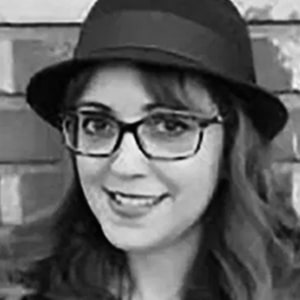







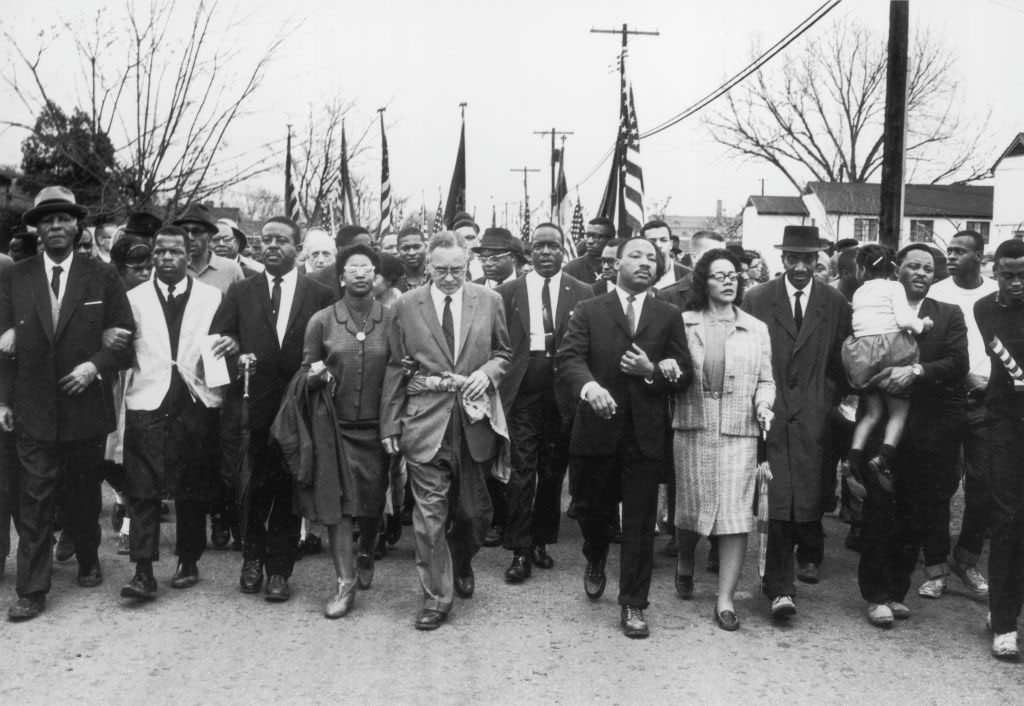
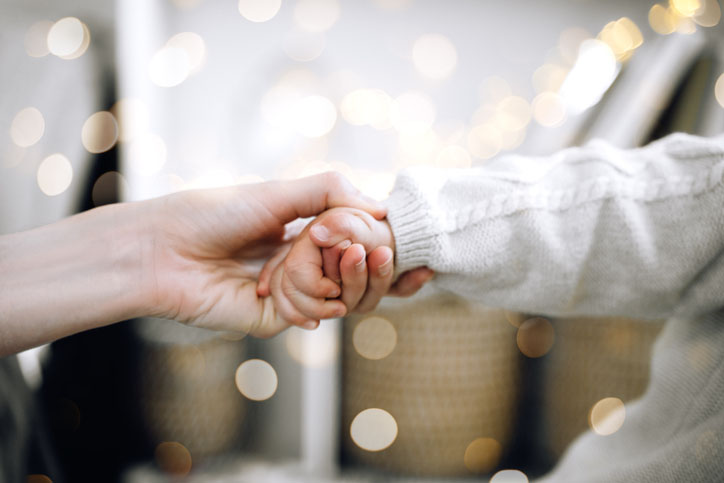

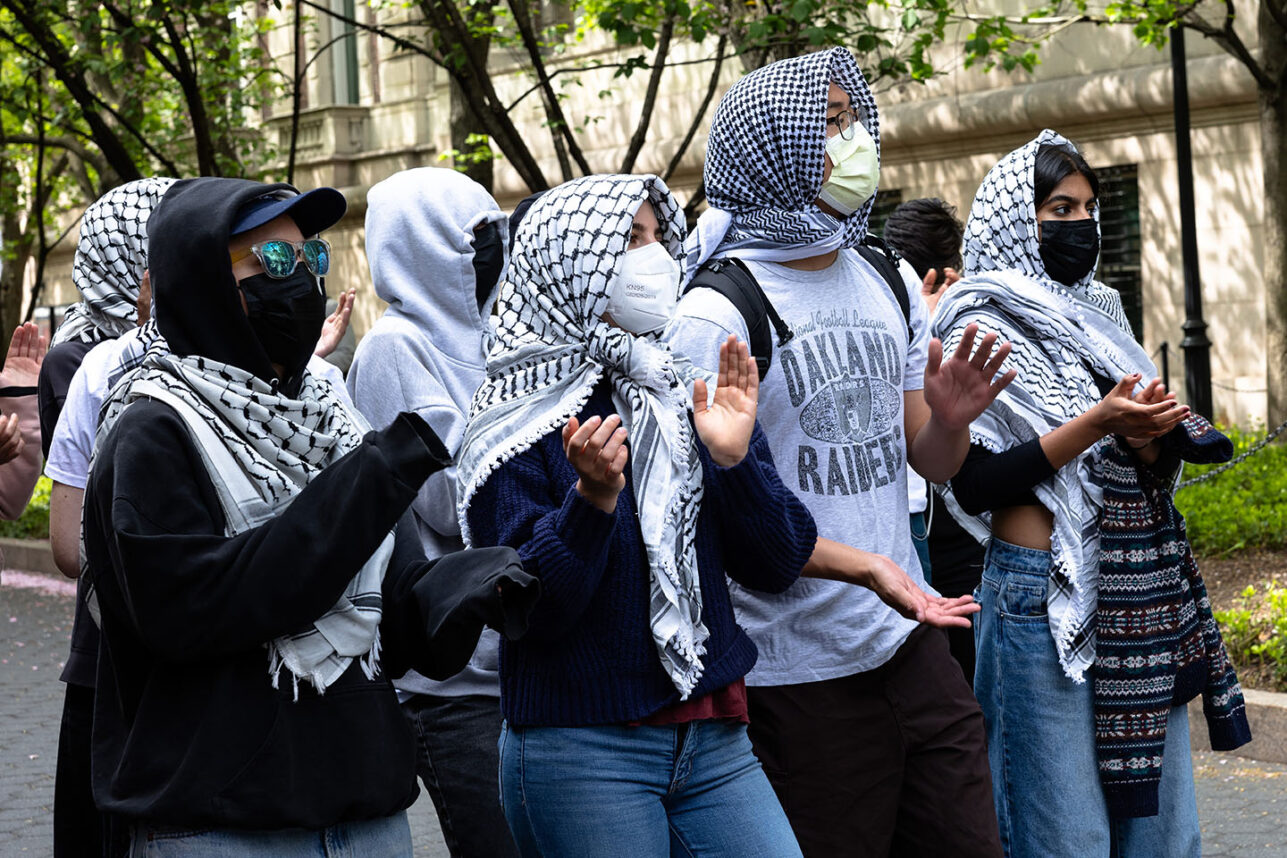



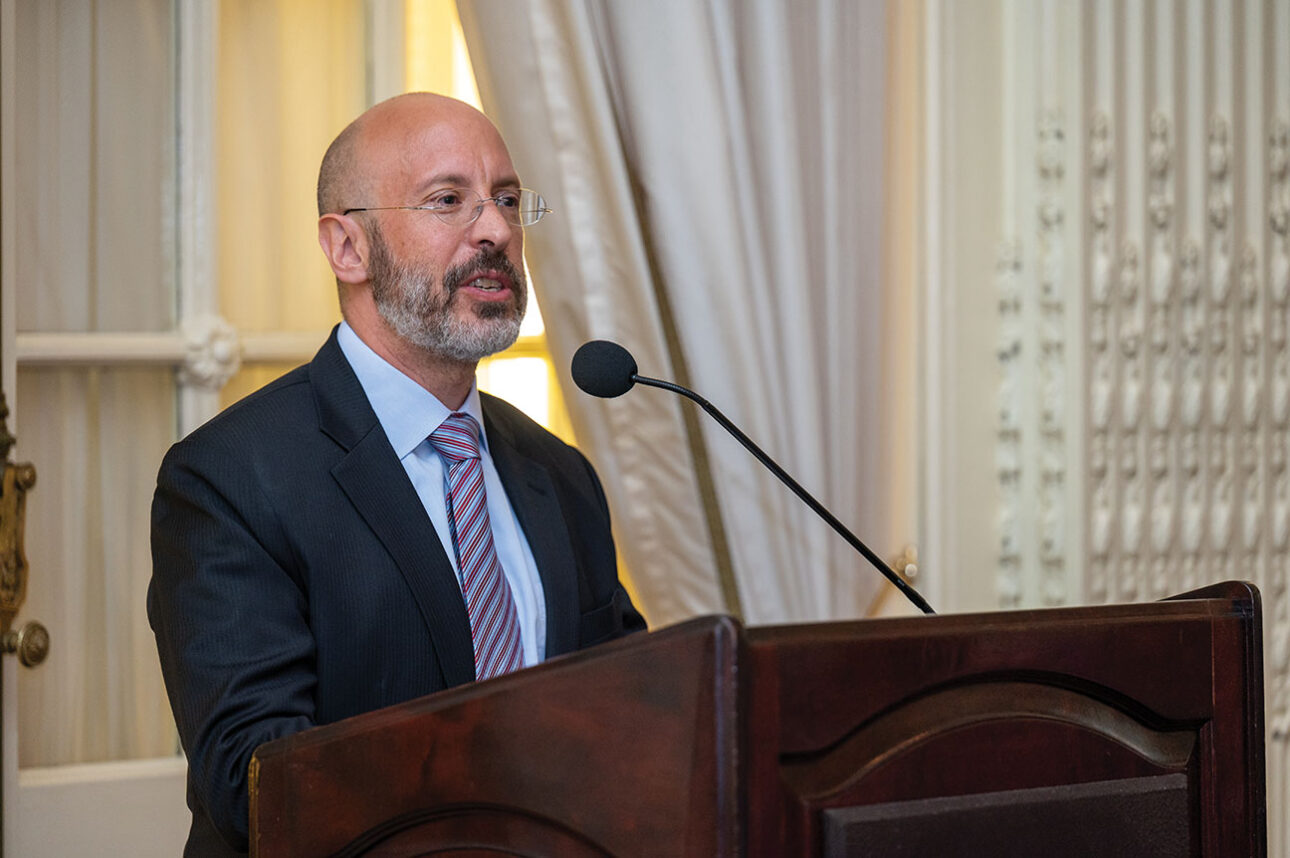







 More news and opinions than at a Shabbat dinner, right in your inbox.
More news and opinions than at a Shabbat dinner, right in your inbox.